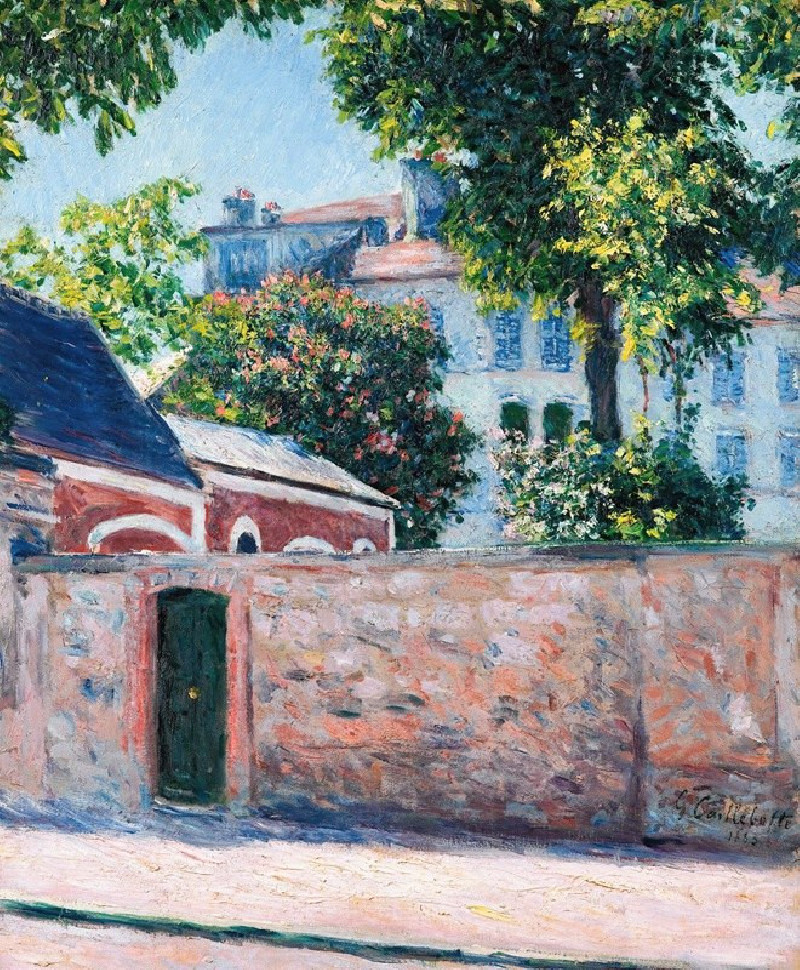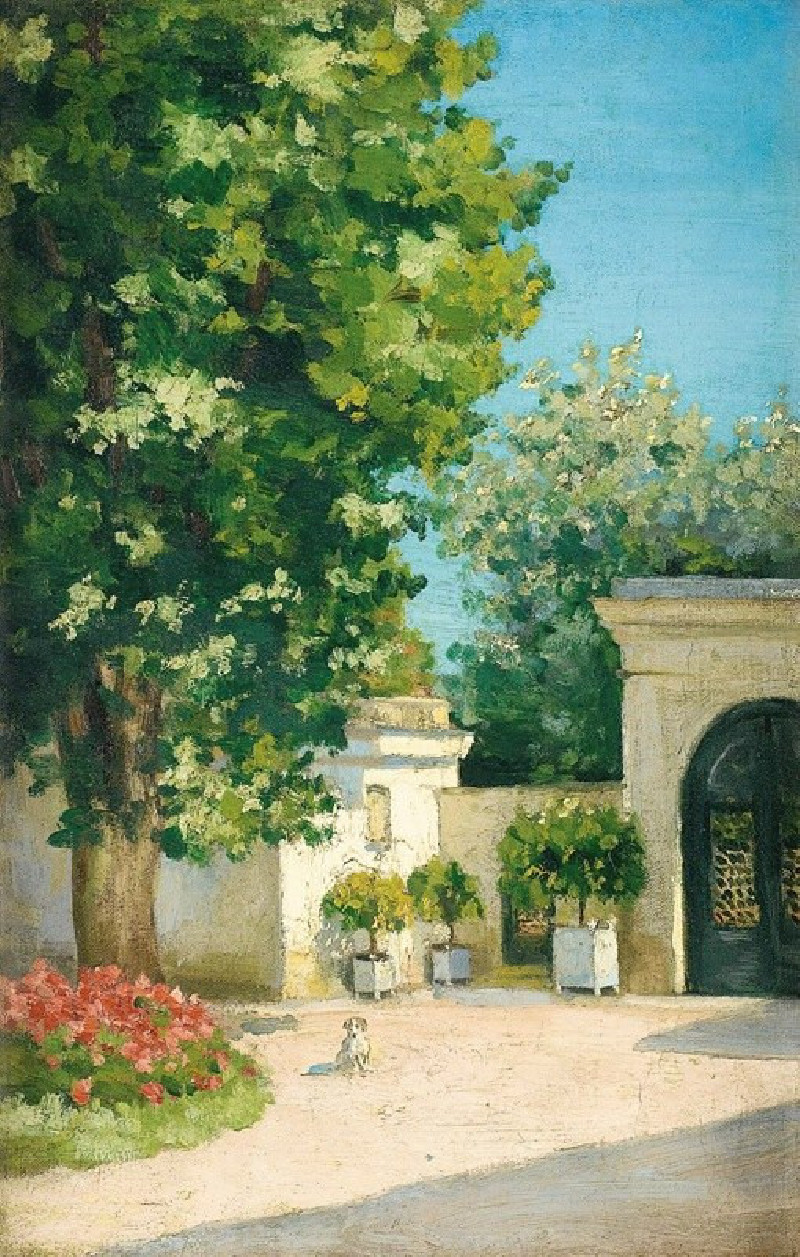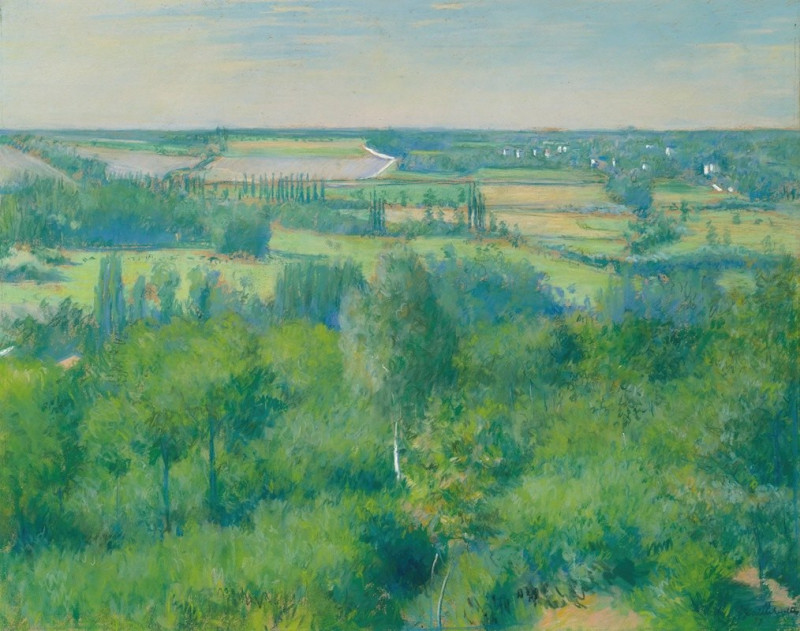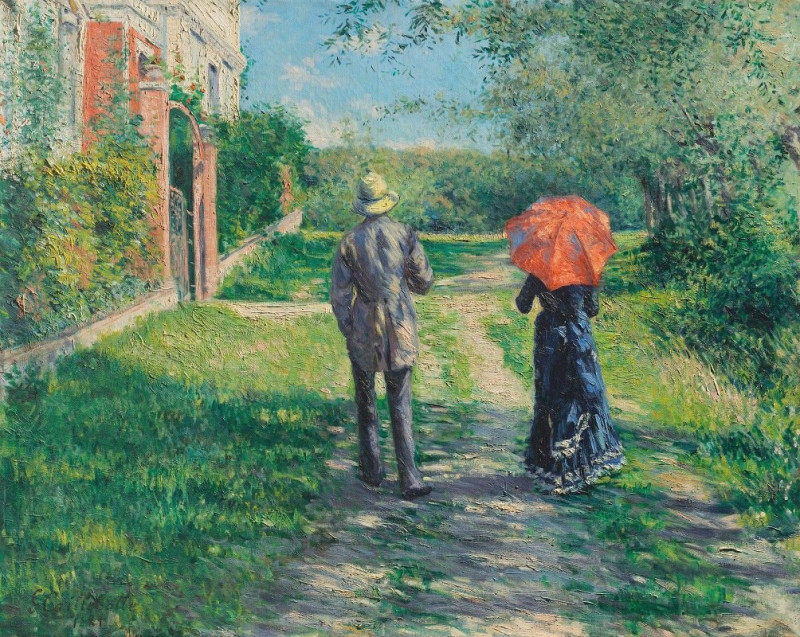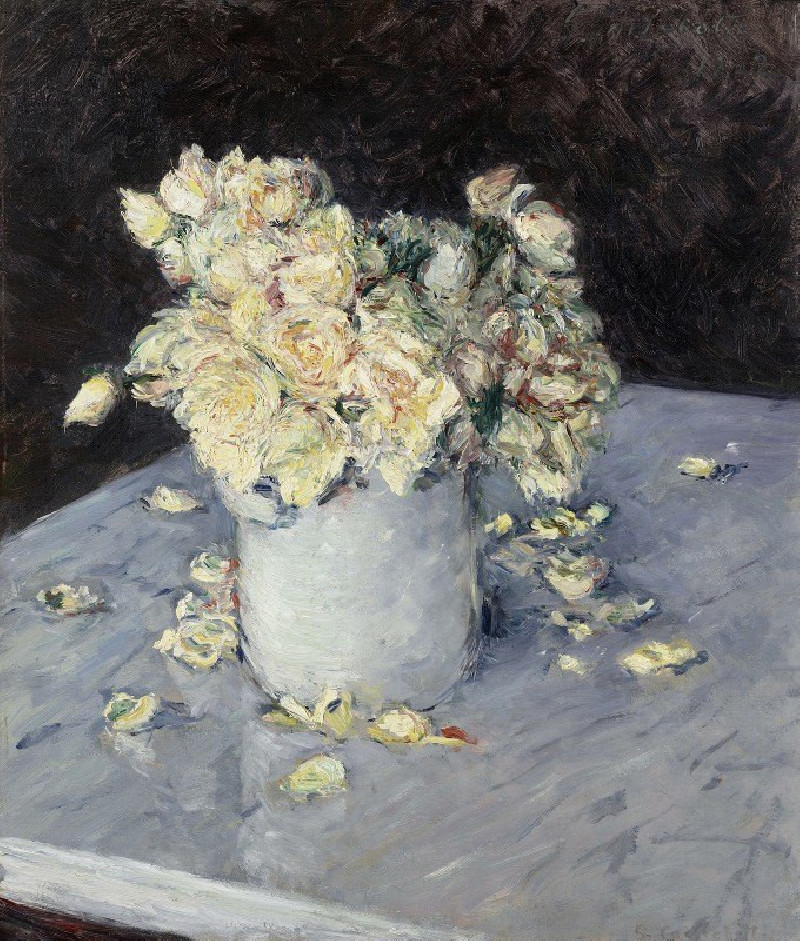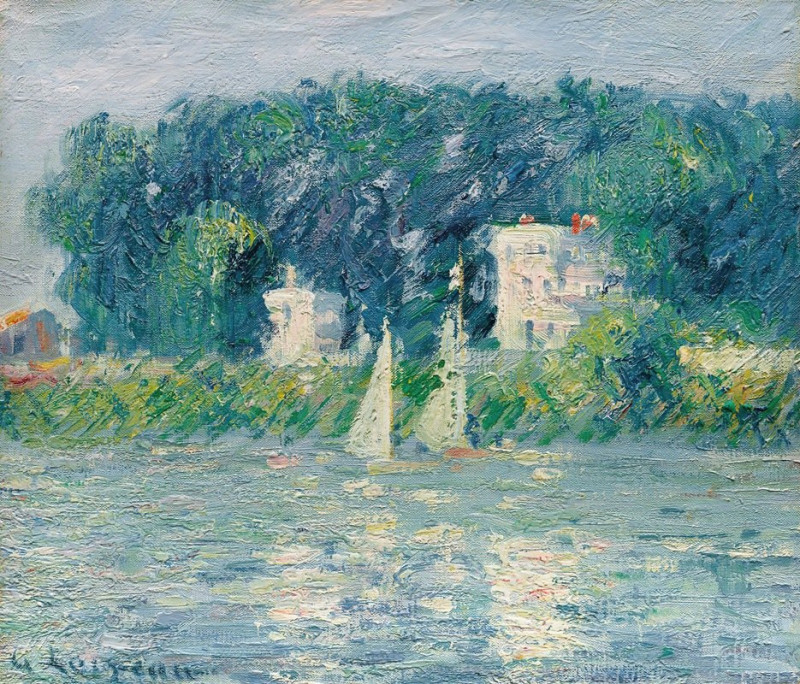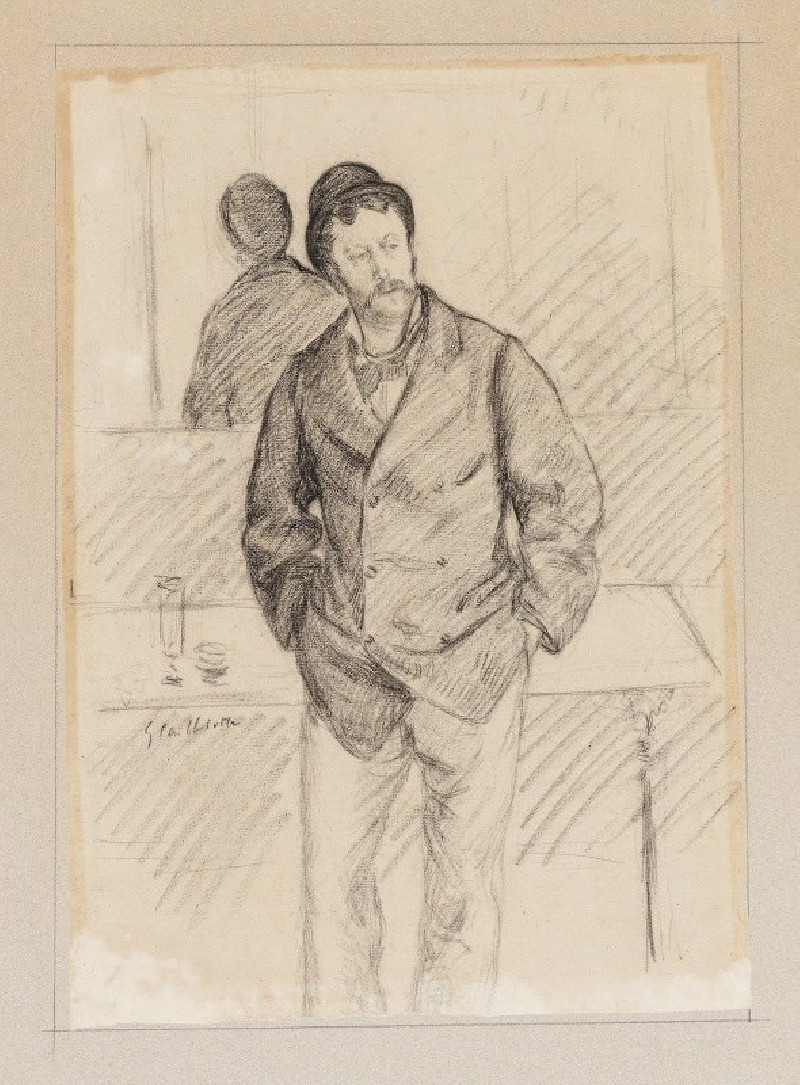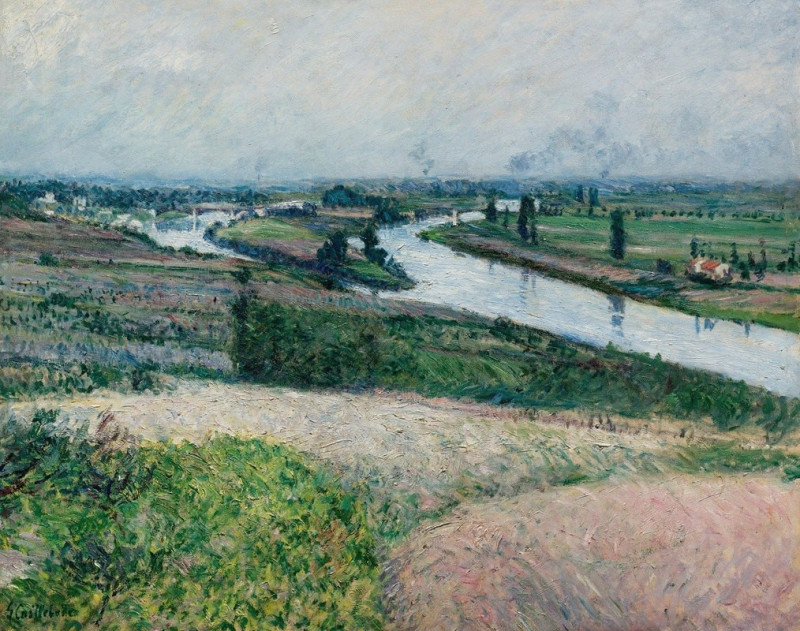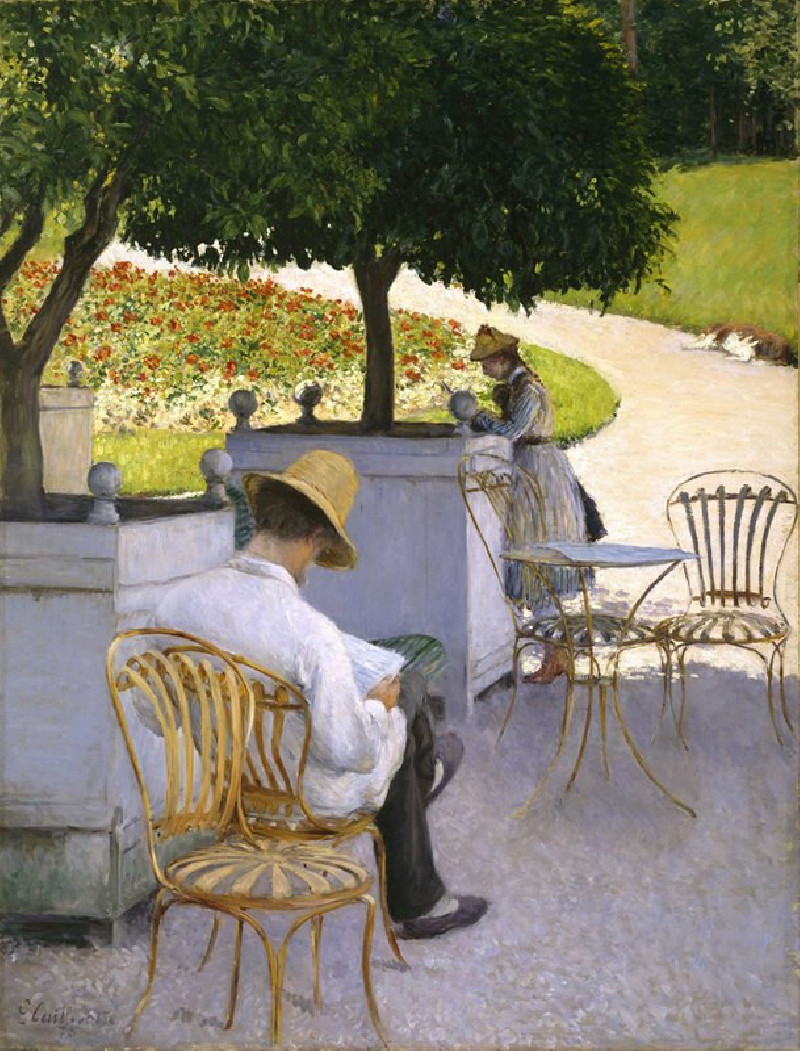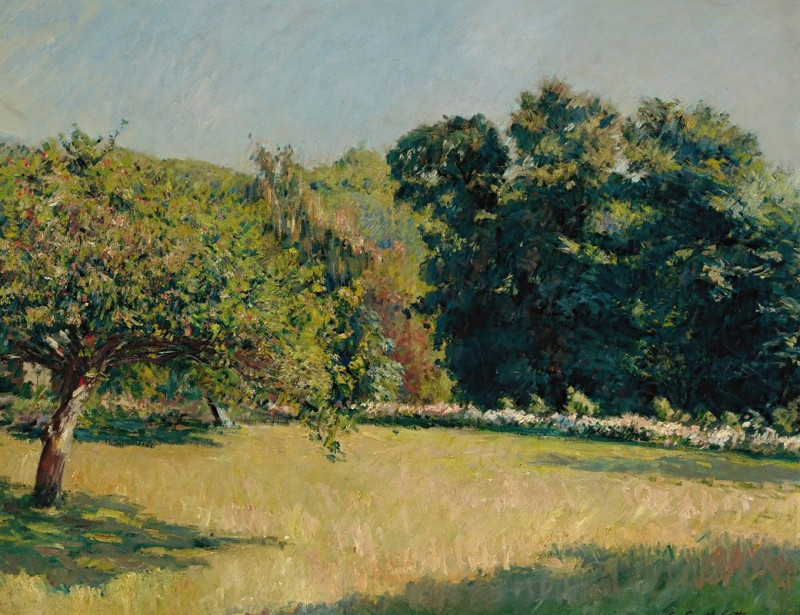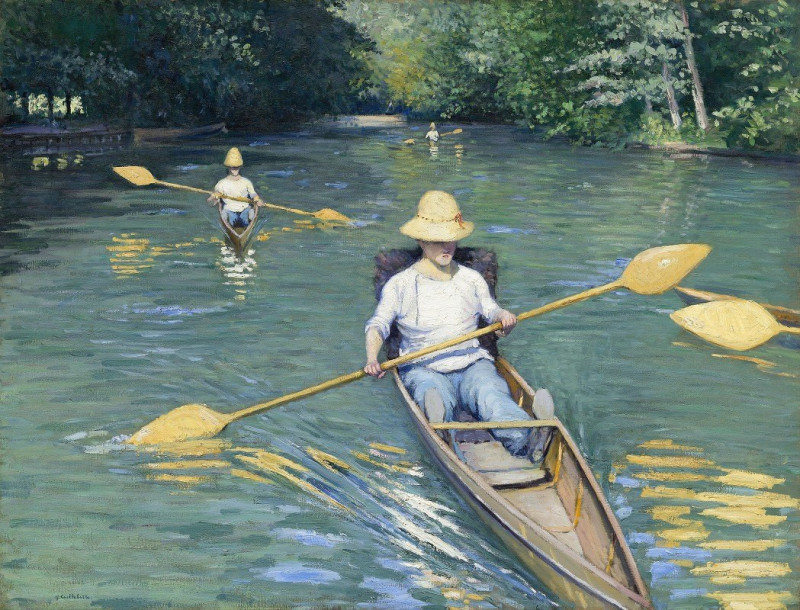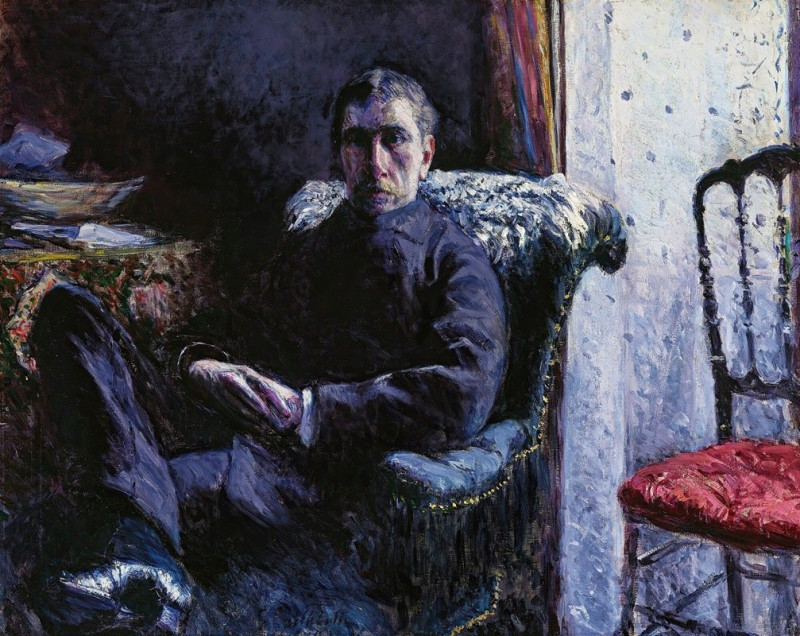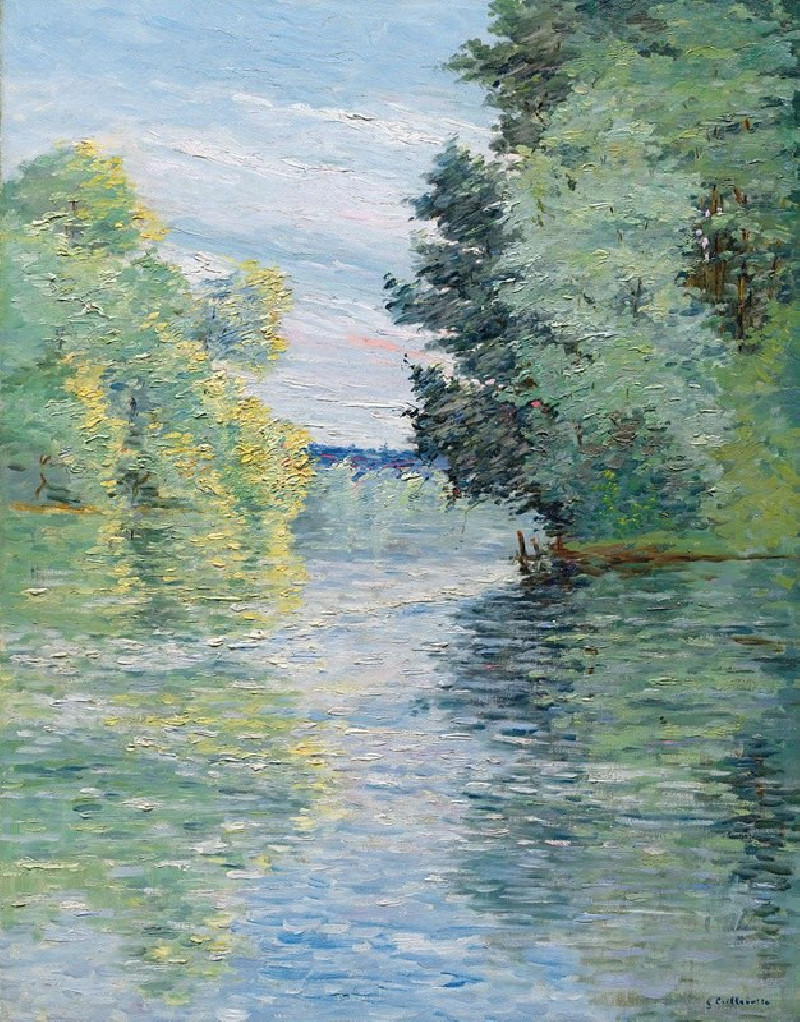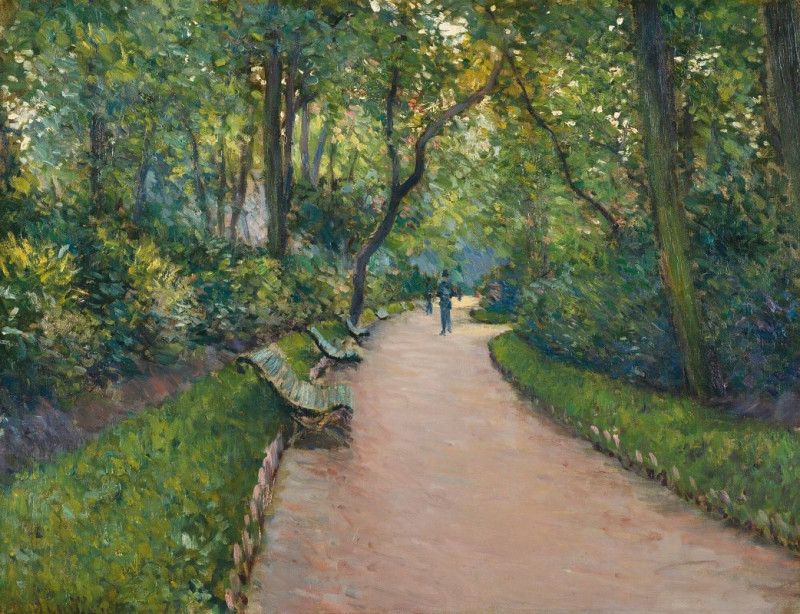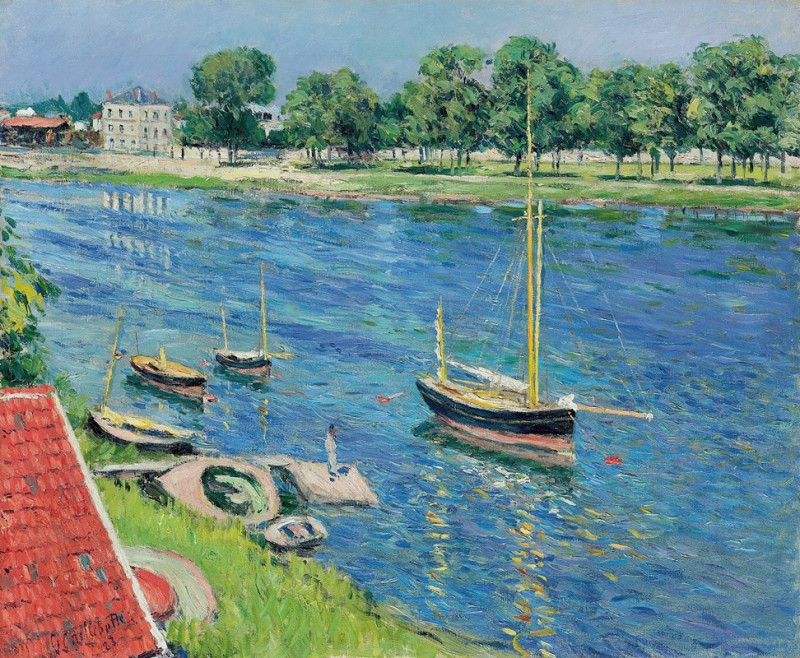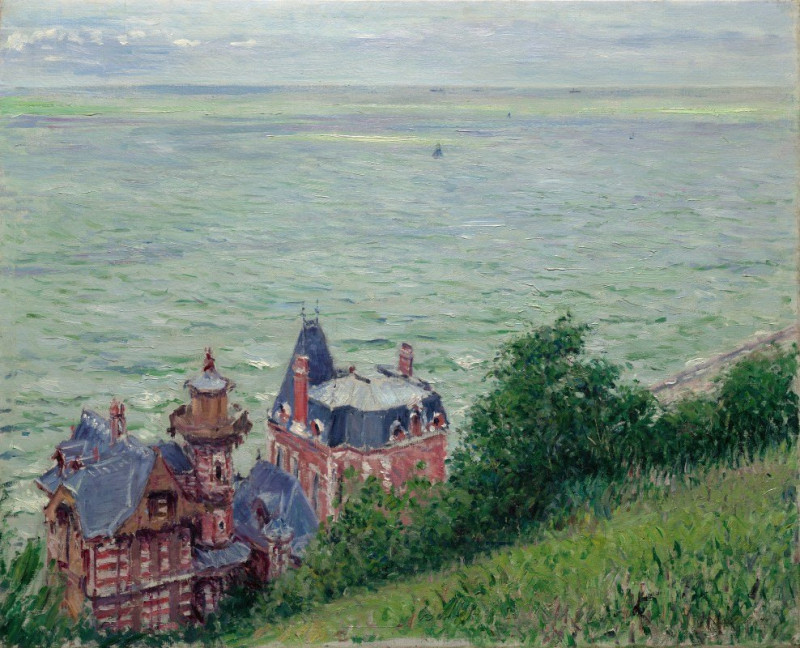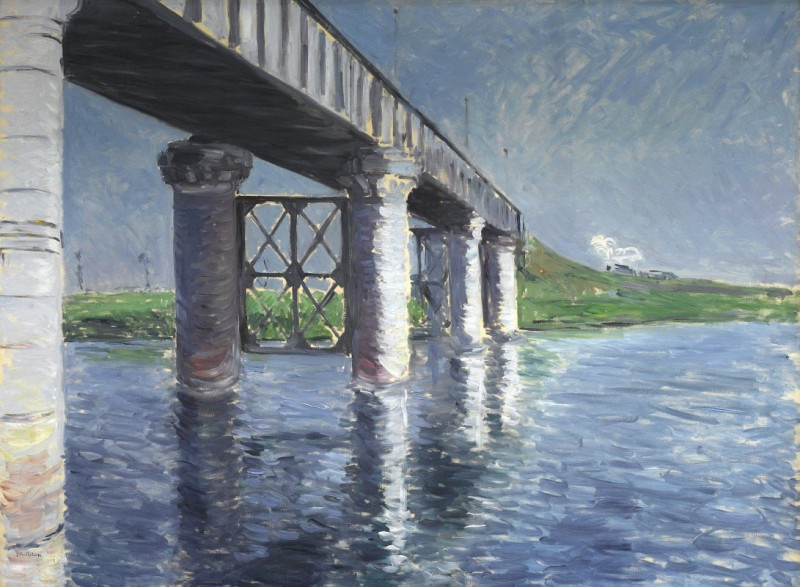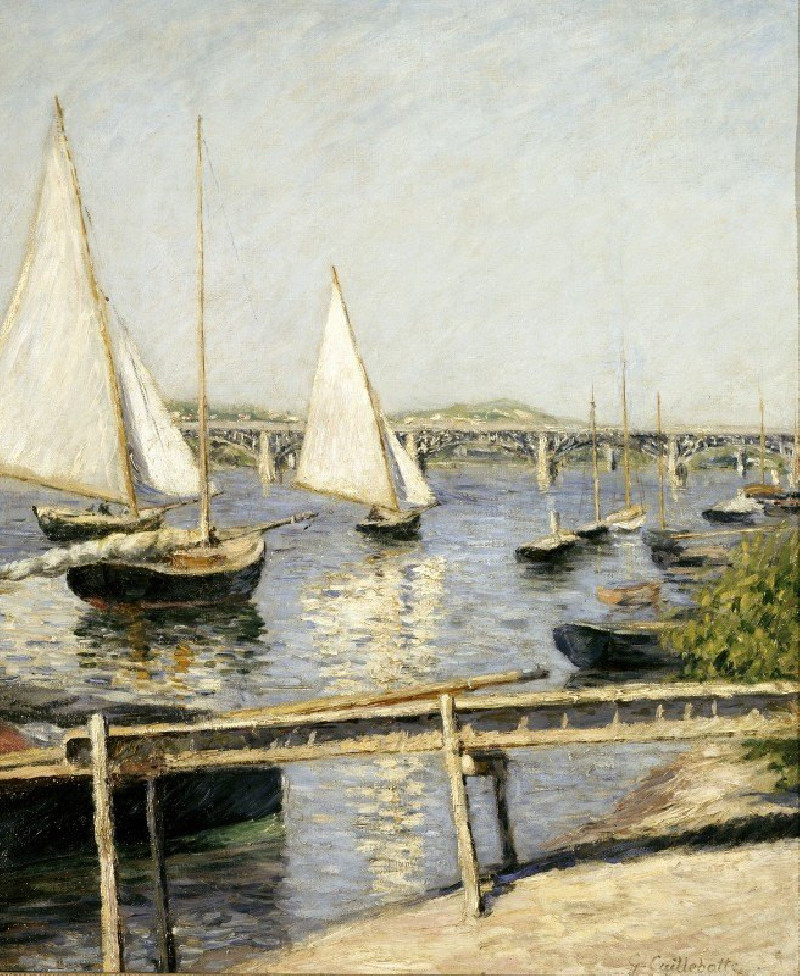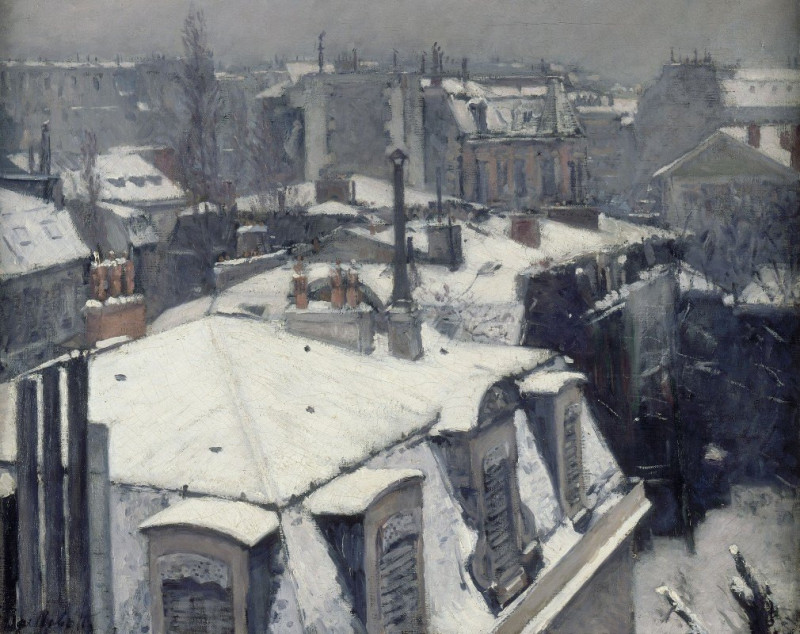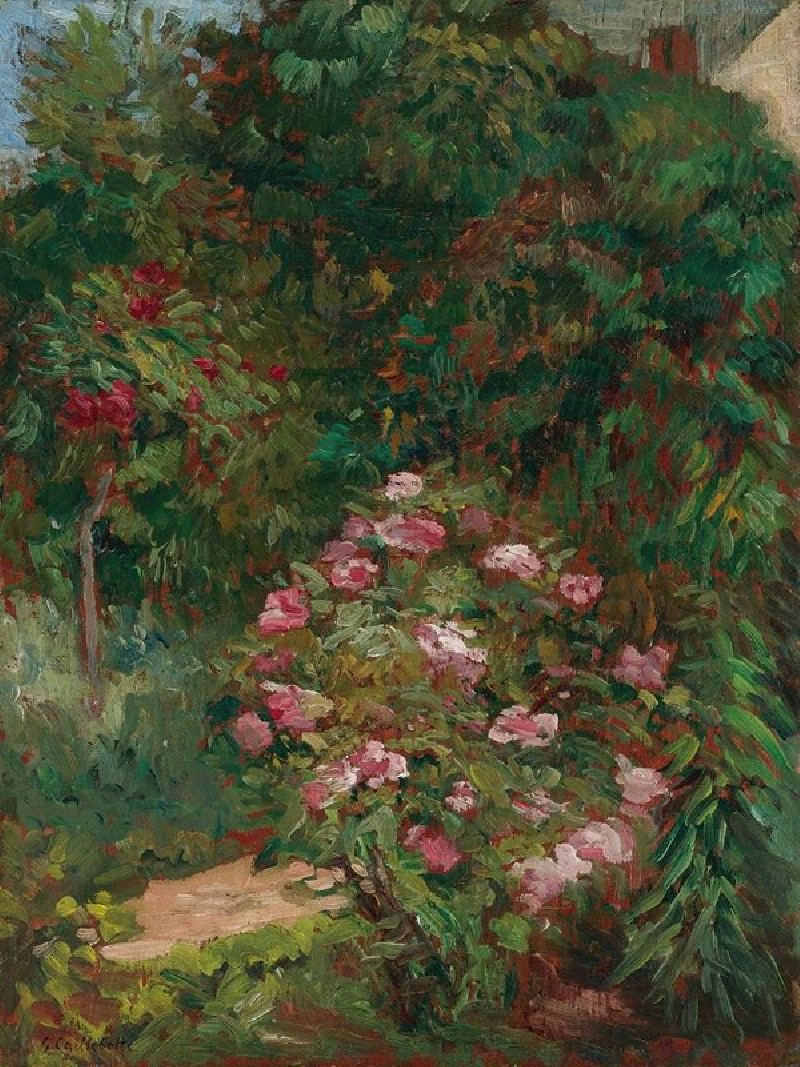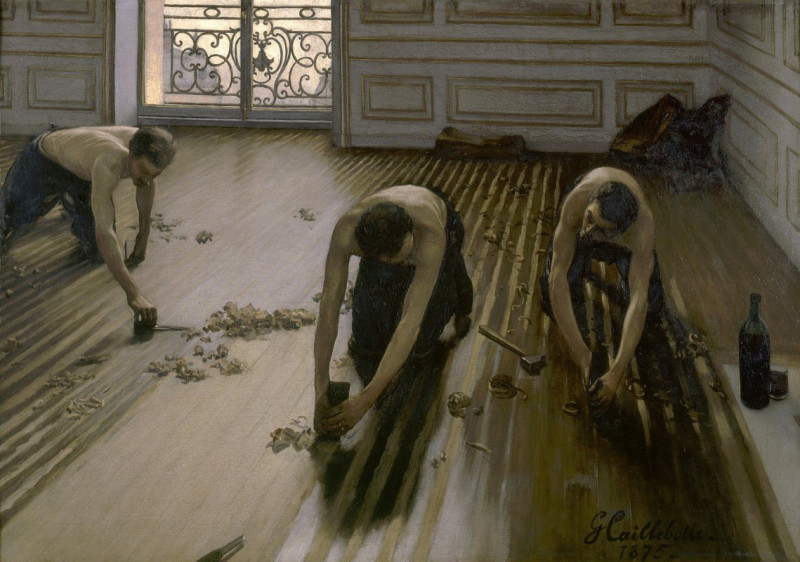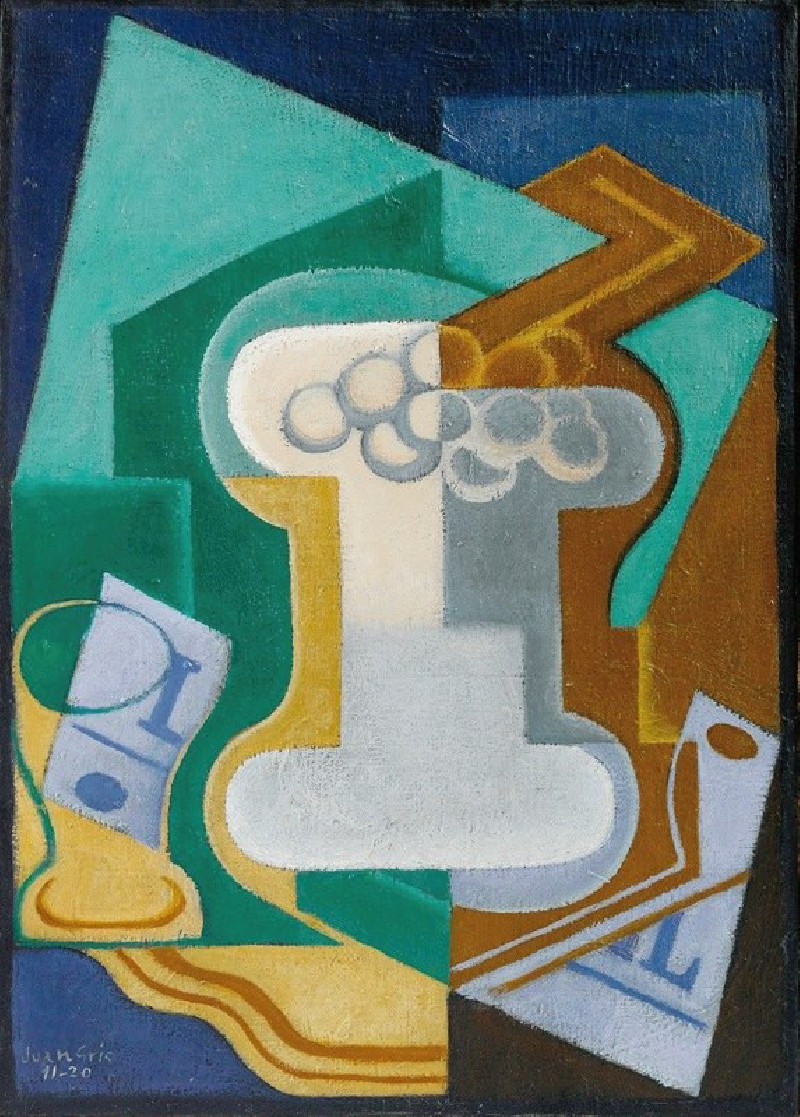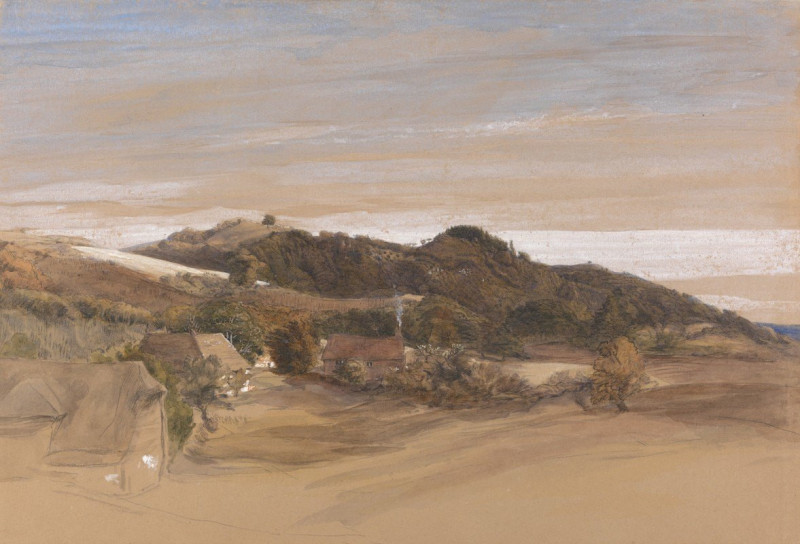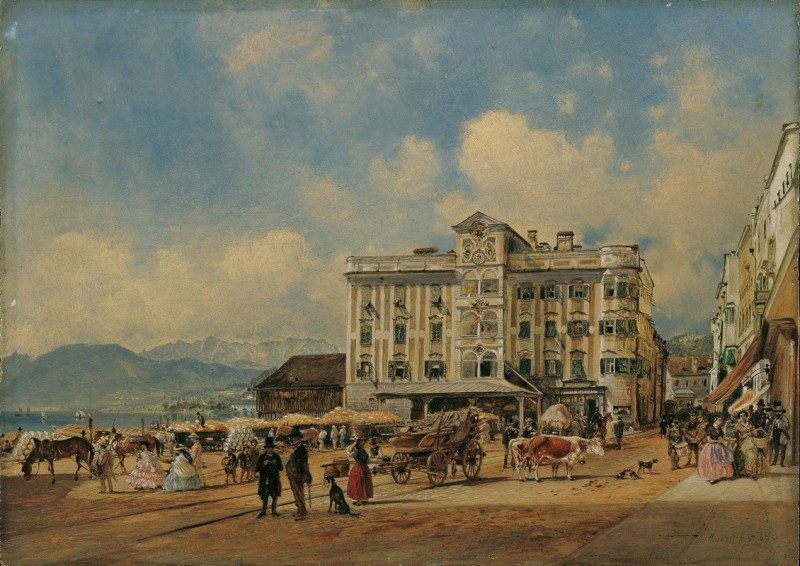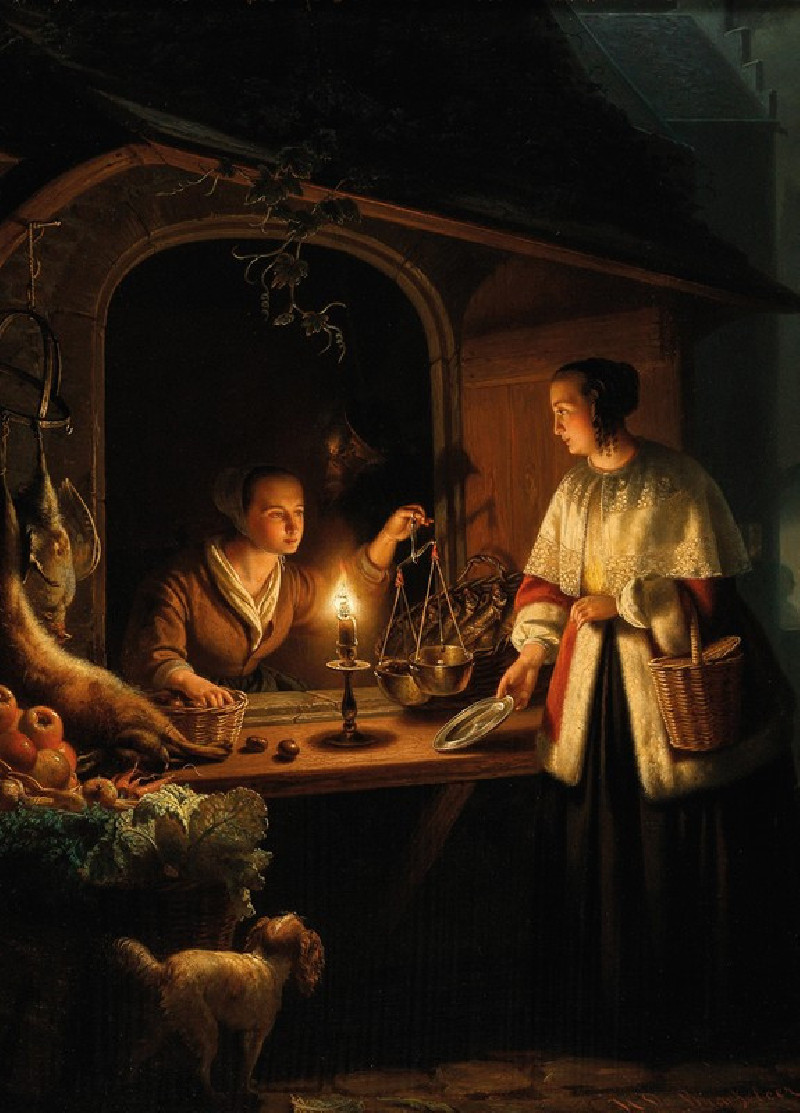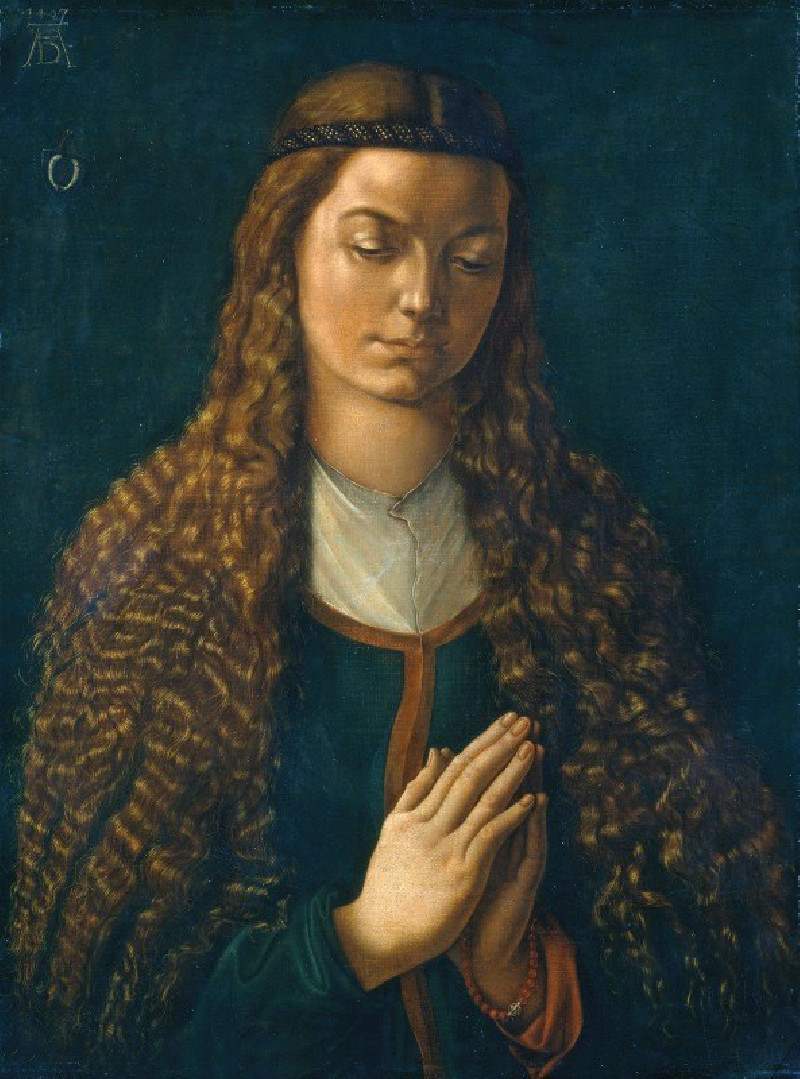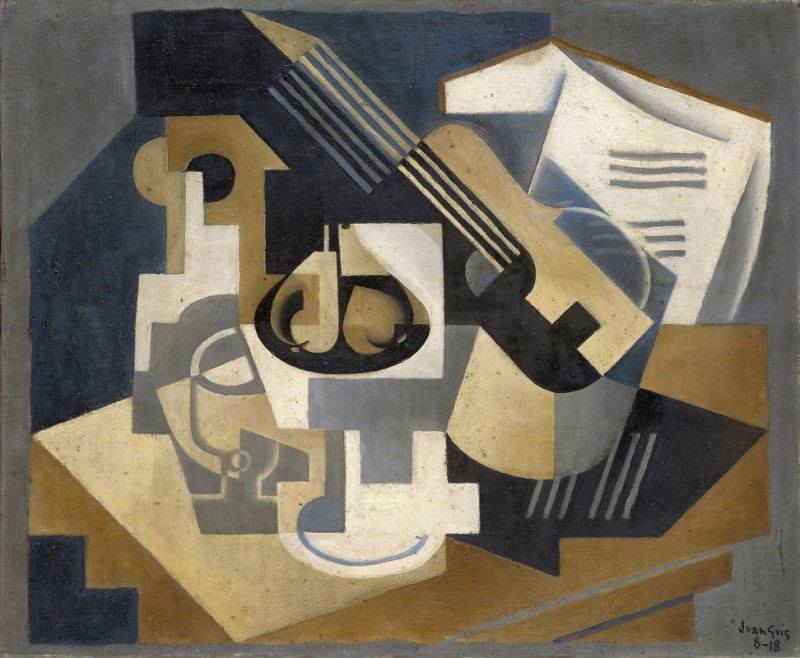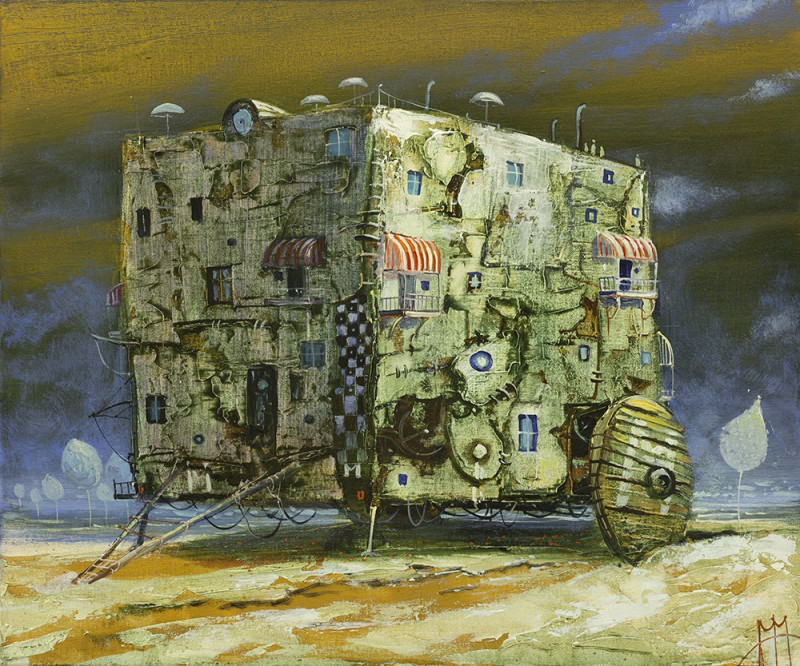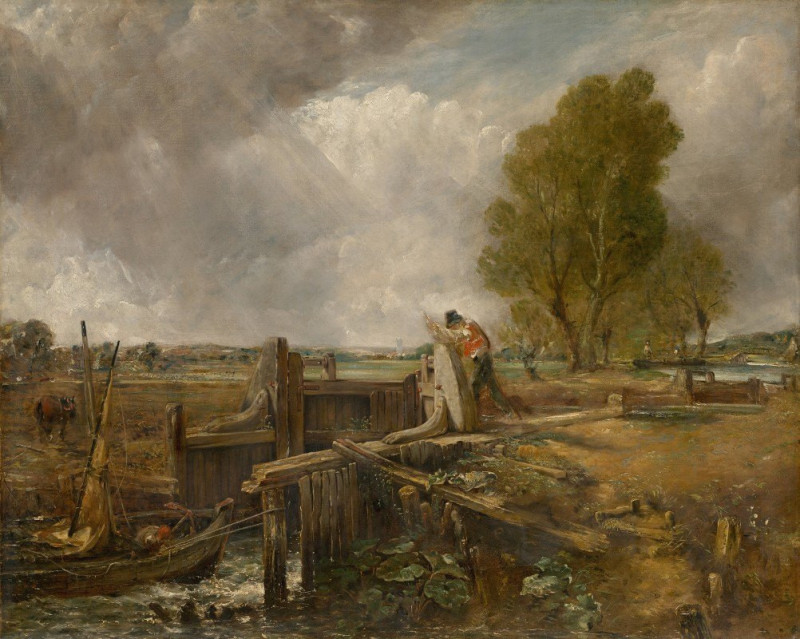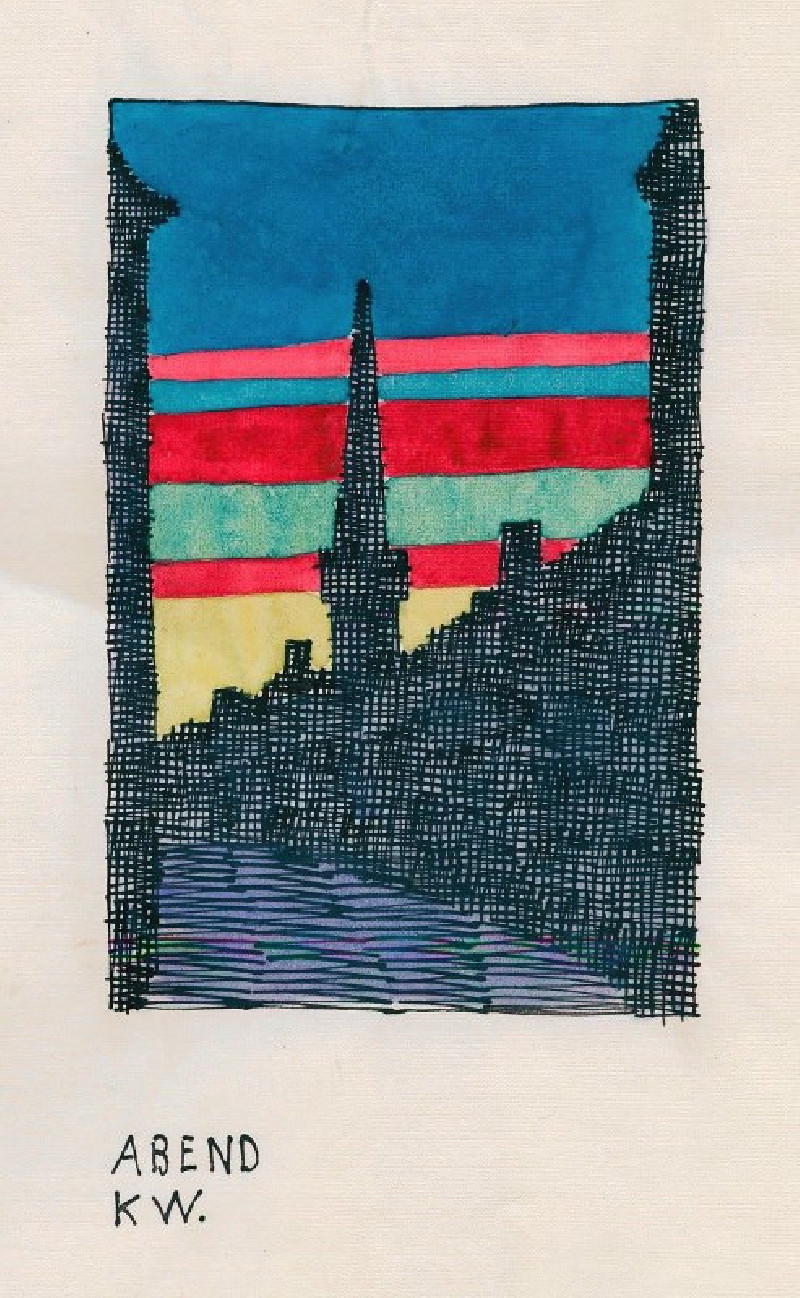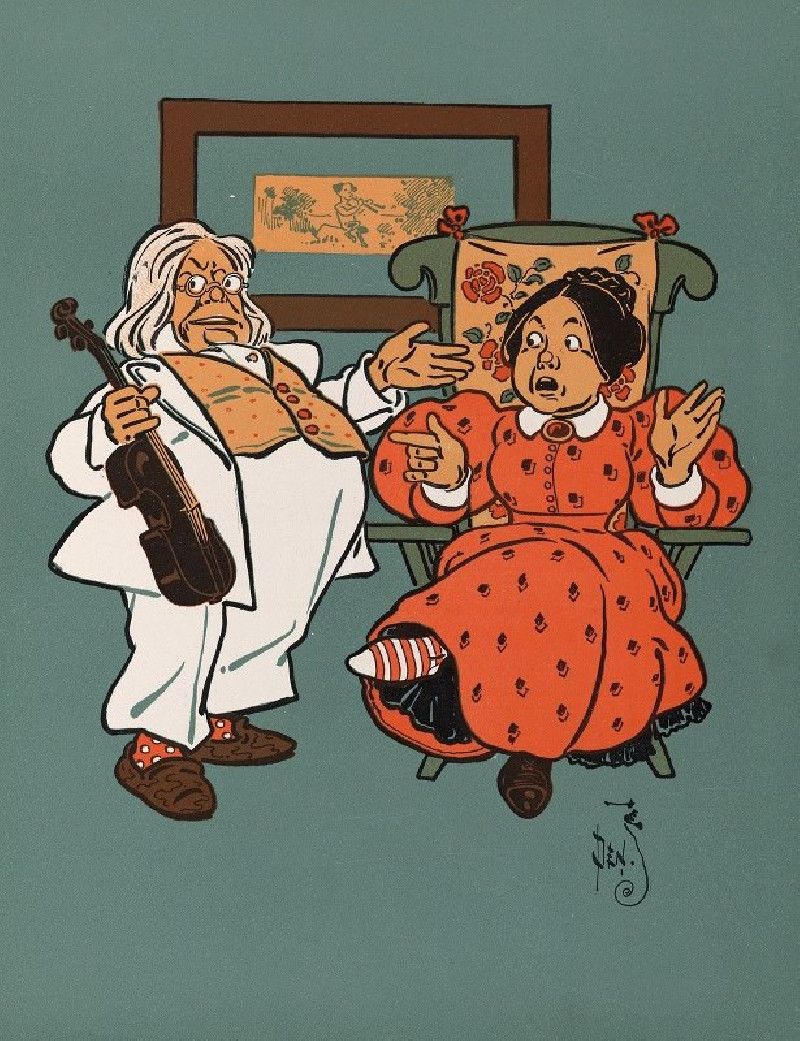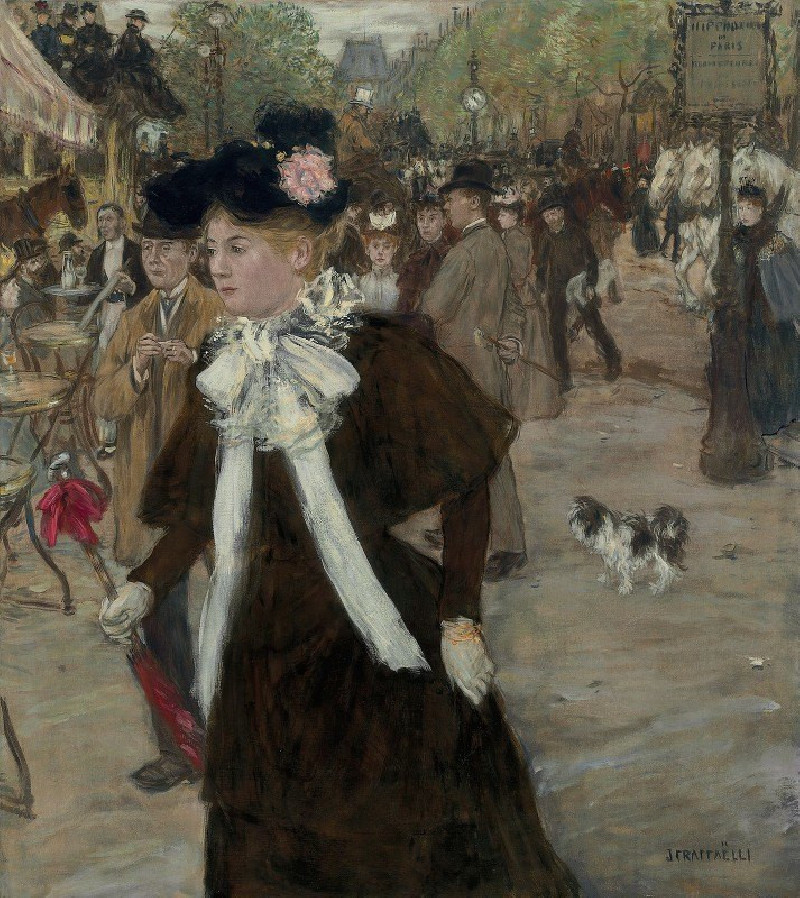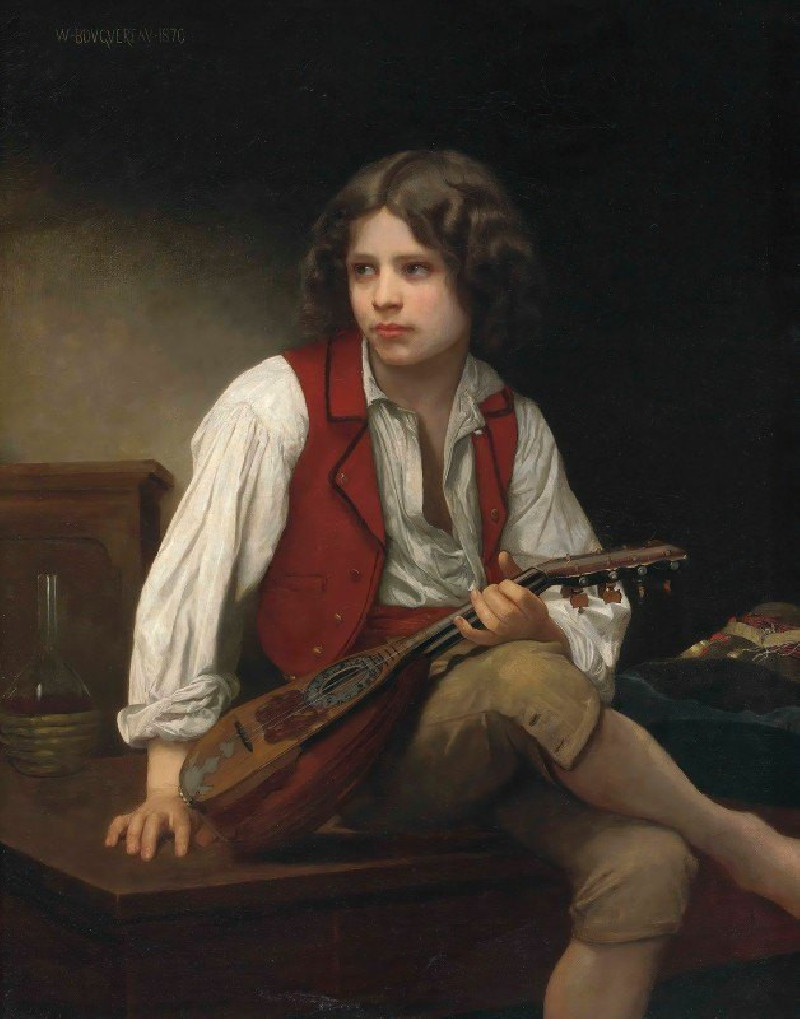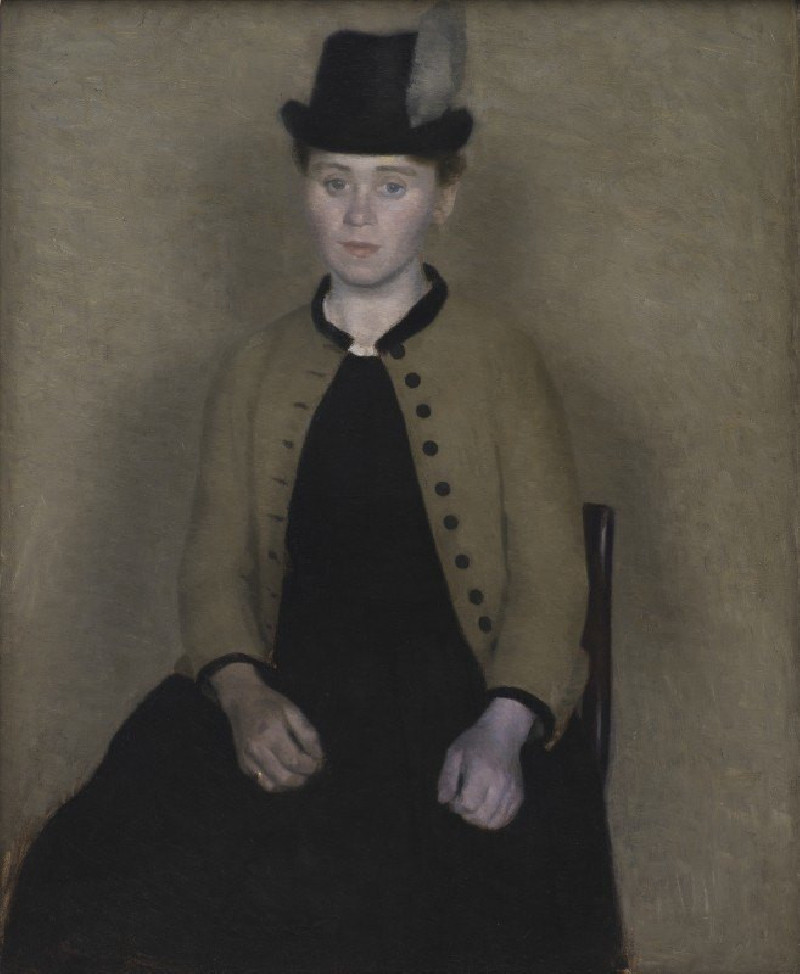Fruit Displayed on a Stand (circa 1881)
Technique: Giclée quality print
Recommended by our customers
More about this artwork
Gustave Caillebotte, renowned for his contribution to the Impressionist movement, masterfully captures both the simplicity and richness of everyday life in his painting titled "Fruit Displayed on a Stand" (circa 1881). This splendid artwork invites viewers into an almost tactile experience with its vivid portrayal of fresh fruit meticulously arranged on a market stand.The composition features an array of fruits, each rendered with meticulous attention to detail and color. At the forefront are the lustrous oranges and the slightly variegated green and yellow of the apples, bringing a burst of brightness to the canvas. Nestled among these are clusters of dark blue grapes, their dusky hues contrasting with the more vibrant fruits. Patches of lighter blueberries add depth and richness to the palette, while luscious red tomatoes and a small collection of gooseberries provide a splash of intense color that captivates the eye.Caillebotte’s talent in depicting light plays wonderfully across the surfaces of the fruits and the white paper wrappings, highlighting textures and shapes and giving a sense of volume and space to the fruits displayed. The backdrop of lush green leaves not only frames the composition but also enhances the fresh, organic feel of the scene, suggesting the bounty of nature and the care of cultivation."Fruit Displayed on a Stand" is not just a feast for the eyes; it is a celebration of the mundane transformed into the exquisite through the artist’s keen observation and remarkable skill. This painting is an immaculate example of Caillebotte’s ability to transform a simple scene into a compelling tableau that reflects the beauty and vibrancy of life.
Delivery
Returns
Gustave Caillebotte (1848–1894) was a French painter who combined impressionist and academic styles in his artworks. Despite the fact that he is considered a great impressionist artist today, his posthumous reputation was not as significant. Most of his paintings were kept by his family and not exhibited nor reproduced until the late 20th century. His artworks depict scenes from Parisian streets, modern urban environments, as well as rural country scenes and flowers.


